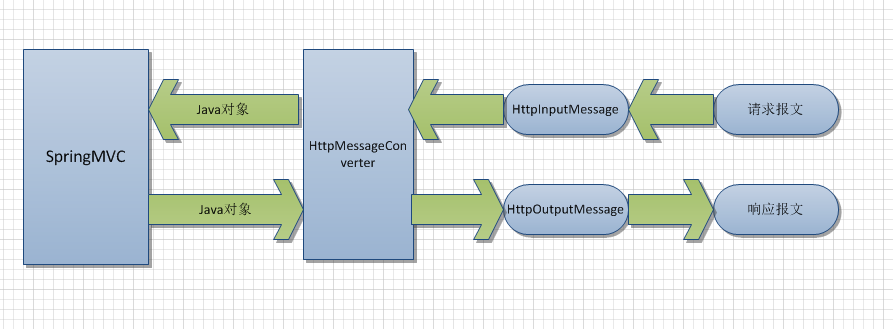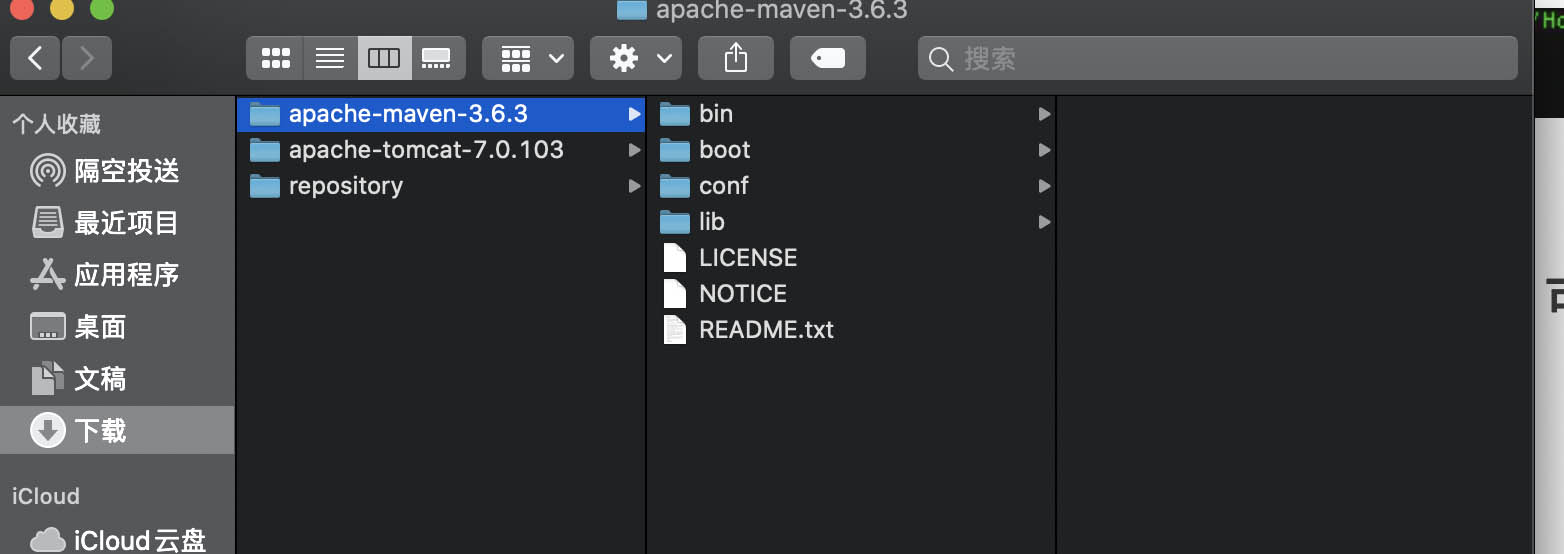JFrame the same shape as an Image / Program running in background(JFrame与后台运行的图像/程序具有相同的形状)
问题描述
我的问题很简单,解决方案肯定不是.我正在寻找一种将 JFrame 塑造成与它将显示的图像相同的方法.形状是指具有 alpha != 0 的像素的形状.我已经找到了一个使用 GeneralPath 对象的工作示例,但它为大约 500*400 的图像创建了约 110000 个节点",因此开始JFrame耗时2多分钟,绝对不是想要的效果,启动应该在2秒以内.
My question is simple, the solution surely not. I am looking for a way to shape a JFrame the same as an Image it will be displaying. By shape I mean the shape of the pixels that have an alpha != 0. I've already found a working example using a GeneralPath object, but it created ~110000 "nodes" for an Image of about 500*400, so starting the JFrame took more than 2 minutes, which is definitely not the desired effect, the startup should be in under 2 seconds.
感谢您的宝贵时间.
推荐答案
我个人会放弃窗口形状,转而使用透明窗口,这对你想要做的事情来说更简单......
I personally would ditch the window shape in favor of a transparent window, it's just simpler for what you are trying to do...
还有关闭按钮(看左下角)
And with the close button (look to the bottom left)
图像周围的红色边框是故意的,因为它显示了窗口"边界.
The red border around the image is deliberate, as it shows the "window" bounds.
这依赖于 Java 1.7 或 Java 1.6_10+,代码中有检查.
This relies on either Java 1.7 or Java 1.6_10+, there are checks in the code.
public class TransparentFrame {
public static void main(String[] args) {
new TransparentFrame();
}
public TransparentFrame() {
EventQueue.invokeLater(new Runnable() {
@Override
public void run() {
try {
UIManager.setLookAndFeel(UIManager.getSystemLookAndFeelClassName());
} catch (Exception ex) {
}
JFrame frame = new JFrame("Testing");
frame.setUndecorated(true);
frame.setContentPane(new ContentPane());
String version = System.getProperty("java.version");
System.out.println(version);
if (version.startsWith("1.7")) {
frame.setBackground(new Color(0, 0, 0, 0));
} else if (version.startsWith("1.6")) {
if (supportsPerAlphaPixel()) {
setOpaque(frame, false);
} else {
System.out.println("Per Pixel Alphering is not support with Java " + version);
System.exit(1);
}
} else {
System.out.println("Per Pixel Alphering is not support with Java " + version);
System.exit(1);
}
frame.setDefaultCloseOperation(JFrame.EXIT_ON_CLOSE);
frame.setLayout(new BorderLayout());
frame.add(new ImagePane());
frame.pack();
frame.setLocationRelativeTo(null);
frame.setVisible(true);
}
});
}
public static boolean supportsPerAlphaPixel() {
boolean support = false;
try {
Class<?> awtUtilsClass = Class.forName("com.sun.awt.AWTUtilities");
support = true;
} catch (Exception exp) {
}
return support;
}
public static void setOpaque(Window window, boolean opaque) {
try {
Class<?> awtUtilsClass = Class.forName("com.sun.awt.AWTUtilities");
if (awtUtilsClass != null) {
Method method = awtUtilsClass.getMethod("setWindowOpaque", Window.class, boolean.class);
method.invoke(null, window, opaque);
}
} catch (Exception exp) {
}
}
public class ContentPane extends JPanel {
public ContentPane() {
setOpaque(false);
}
@Override
protected void paintComponent(Graphics g) {
super.paintComponent(g);
g.setColor(Color.RED);
g.drawRect(0, 0, getWidth() - 1, getHeight() - 1);
}
}
public class ImagePane extends JPanel {
private BufferedImage background;
private BufferedImage offImage;
private Ellipse2D offButton;
private boolean mouseIn;
public ImagePane() {
setOpaque(false);
try {
background = ImageIO.read(new File("tamagotchi400.png"));
offImage = ImageIO.read(new File("powerSmall.png"));
} catch (IOException ex) {
ex.printStackTrace();
}
offButton = new Ellipse2D.Float(212, 330, 25, 25);
MouseAdapter handler = new MouseAdapter() {
@Override
public void mouseClicked(MouseEvent e) {
if (e.getClickCount() == 1 && e.getButton() == MouseEvent.BUTTON1) {
if (offButton.contains(e.getPoint())) {
Window window = SwingUtilities.getWindowAncestor(ImagePane.this);
if (window != null) {
window.dispose();
}
}
}
}
@Override
public void mouseMoved(MouseEvent e) {
Cursor cursor = Cursor.getDefaultCursor();
if (offButton.contains(e.getPoint())) {
cursor = Cursor.getPredefinedCursor(Cursor.HAND_CURSOR);
}
setCursor(cursor);
}
@Override
public void mouseEntered(MouseEvent e) {
mouseIn = true;
repaint();
}
@Override
public void mouseExited(MouseEvent e) {
mouseIn = false;
repaint();
}
};
addMouseListener(handler);
addMouseMotionListener(handler);
}
@Override
public Dimension getPreferredSize() {
return background == null ? new Dimension(400, 400) : new Dimension(background.getWidth(), background.getHeight());
}
@Override
protected void paintComponent(Graphics g) {
super.paintComponent(g);
if (background != null) {
Graphics2D g2d = (Graphics2D) g.create();
int x = (getWidth() - background.getWidth()) / 2;
int y = (getHeight() - background.getHeight()) / 2;
g2d.drawImage(background, x, y, this);
if (mouseIn && offImage != null) {
g2d.drawImage(offImage, (int) offButton.getX(), (int) offButton.getY(), this);
}
g2d.dispose();
}
}
}
}
这篇关于JFrame与后台运行的图像/程序具有相同的形状的文章就介绍到这了,希望我们推荐的答案对大家有所帮助,也希望大家多多支持编程学习网!
本文标题为:JFrame与后台运行的图像/程序具有相同的形状


基础教程推荐
- 大摇大摆的枚举 2022-01-01
- 从 python 访问 JVM 2022-01-01
- Java Swing计时器未清除 2022-01-01
- Java 实例变量在两个语句中声明和初始化 2022-01-01
- 在 Java 中创建日期的正确方法是什么? 2022-01-01
- 如何在 JFrame 中覆盖 windowsClosing 事件 2022-01-01
- 不推荐使用 Api 注释的描述 2022-01-01
- 如何在 Spring @Value 注解中正确指定默认值? 2022-01-01
- 验证是否调用了所有 getter 方法 2022-01-01
- 多个组件的复杂布局 2022-01-01

















